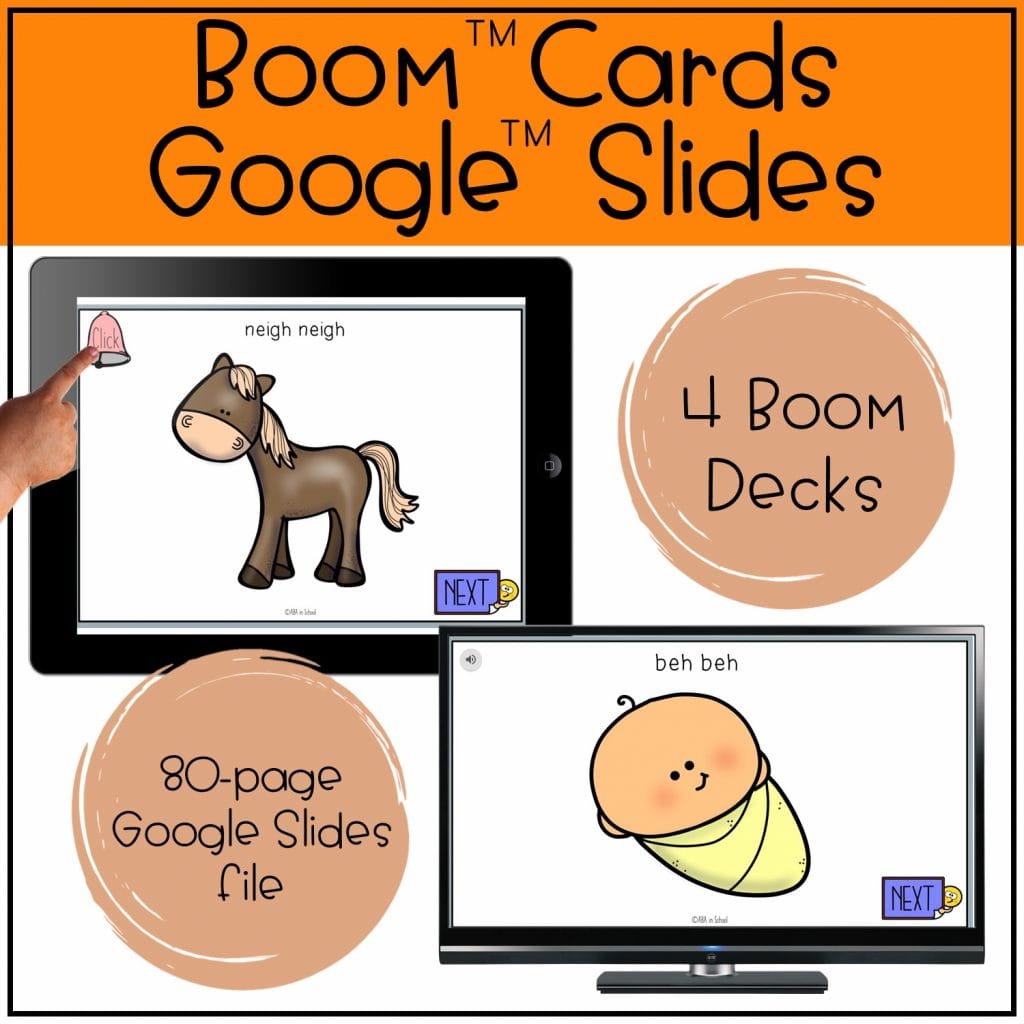CVCV words—those four-letter powerhouses built on a consonant-vowel-consonant-vowel structure—are essential stepping stones on a child’s path to reading fluency. Think of them as the first few handholds on a climbing wall, providing a solid base for scaling greater literary heights. This guide dives deep into the world of CVCV words, offering practical strategies, engaging activities, and free resources to empower young readers.
Decoding CVCV Words: Why They Matter
CVCV words, like “mama,” “like,” and “papa,” play a crucial role in early literacy development. They provide a predictable structure that helps young children grasp the relationship between sounds and letters. This understanding is the bedrock upon which reading fluency and comprehension are built.
Benefits of Mastering CVCV Words
- Phonics Power-Up: CVCV words reinforce phonics skills by demonstrating how letters translate into sounds. Because they follow a clear pattern, children can more easily connect graphemes (written letters) with phonemes (spoken sounds).
- Reading Fluency Fast Track: Recognizing CVCV words quickly and automatically is essential for reading fluency. This allows children to focus on understanding the meaning of the text, rather than struggling to decode individual words.
- Spelling Supercharge: Working with CVCV words helps children internalize common spelling patterns, which they can then apply to other words, improving their overall spelling accuracy.
Engaging Activities for CVCV Word Mastery
Learning CVCV words should be fun and engaging. Here are some activities that make learning a playful experience:
- Flashcards: Use flashcards with CVCV words on one side and corresponding pictures on the other. Children can practice reading the words aloud, matching words to pictures, or even creating their own flashcards.
- Word Lists: Printable CVCV word lists, often categorized by vowel sounds, provide structured practice and help children recognize patterns.
- Games: Incorporate CVCV words into games like Bingo, memory matching, or board games where children read a word to advance.
- Stories and Tongue Twisters: Short stories and tongue twisters rich in CVCV words make learning fun and improve pronunciation. Try this one: “Ten tiny toads ate ten tasty tomatoes.”
Effective Teaching Strategies for CVCV Words
These strategies can help children learn CVCV words more effectively:
- Hands-on Learning: Use magnetic letters, blocks, or even playdough to build CVCV words. This multi-sensory approach strengthens learning by engaging multiple senses.
- Explicit Phonics Instruction: Teach letter sounds individually and demonstrate how those sounds blend together to form words. Sound segmentation (breaking words into individual sounds) and blending are key skills to practice.
- Ample Practice: Provide regular opportunities for children to read and write CVCV words independently. Worksheets, writing activities, and encouraging children to write their own simple stories are all beneficial.
- Individualized Support: Recognize that each child learns differently. Provide patience, personalized support, and tailored challenges as needed.
Understanding CVCV Word Structure
CVCV words follow a simple formula: Consonant-Vowel-Consonant-Vowel. This structure provides a predictable pattern for young learners to decode. While CVC words (consonant-vowel-consonant) typically feature short vowel sounds (like “cat”), CVCV words can have both short and long vowel sounds (like “made”). This difference is a crucial step in phonetic understanding.
Why CVCV Words are Essential for Early Readers
CVCV words are like building blocks for literacy. They offer a low-stakes environment for children to practice blending sounds, segmenting words, and developing phonemic awareness—the ability to hear and manipulate individual sounds in spoken words.
CVC and CVVC Words: Building Blocks of Phonics
Beyond CVCV words, understanding CVC (consonant-vowel-consonant) and CVVC (consonant-vowel-vowel-consonant) words is essential for building a strong foundation in phonics.
CVC Words
CVC words are three-letter words with a short vowel sound, like “cat,” “dog,” and “sun.” They introduce beginning readers to the basic relationship between letters and sounds. Mastering CVC words is a fundamental step before moving on to more complex word structures.
CVVC Words
CVVC words add another vowel, creating long vowel sounds or vowel digraphs (two vowels making one sound), such as “boat,” “rain,” and “read.” This adds a layer of complexity, expanding a child’s decoding abilities and preparing them for more advanced vocabulary.
| Feature | CVC Words | CVVC Words |
|---|---|---|
| Structure | Consonant-Vowel-Consonant | Consonant-Vowel-Vowel-Consonant |
| Vowel Sound | Usually Short | Often Long |
| Examples | cat, sun, dog, big, red, pen, map | like, made, boat, rain, keep, moon |
| Reading Level | Beginner | Slightly More Advanced |
Five Examples of CVCV Words
While the previous sections focused on the broader category of CVCV words, let’s look at five specific examples:
- made: (long a sound)
- like: (long i sound)
- cute: (long u sound)
- shop: (short o sound)
- from: (short o sound)
These simple examples illustrate how CVCV words can represent diverse ideas and sounds. They demonstrate the pattern while also highlighting that the second vowel can influence the first vowel’s pronunciation.
Unlocking Literacy: The Power of Simple Words
While research on reading acquisition is ongoing, the educational value of CVCV, CVC, and CVVC words is widely recognized. These simple word structures play a significant role in developing phonemic awareness, decoding skills, and reading fluency. Understanding these patterns empowers young readers to unlock the world of written language.
Rapidly accelerate your academic progress by enrolling in the ctu fast track program and achieve your educational goals in no time. For students seeking a unique and enriching academic experience, the dayc 2 program offers a transformative curriculum that will ignite your passion for learning.
- Discover Long Black Pepper: Flavor & Health Benefits - April 25, 2025
- Shocking Twists: The Grownup Review: Unreliable Narration - April 25, 2025
- A Quiet Place Book vs Movie: A Deep Dive - April 25, 2025

















2 thoughts on “Unlocking Reading with CVCV Words: Free Lists, Activities, and Strategies for Success”
Comments are closed.